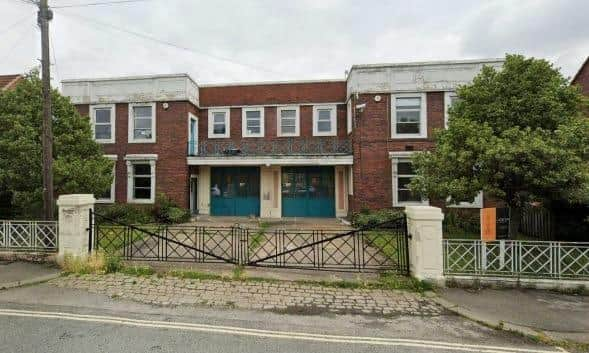New apartments plan for old mines rescue station in Chesterfield
and live on Freeview channel 276
Dovedale Property Ltd wants to convert the detached building on Infirmary Road, Stonegravels, into 19 flats of which the majority would have one bedroom. An extra storey would be added to the two-storey part of the building and a first-floor extension above the ground floor section of the building at the rear.
Off-road parking would include 16 spaces for vehicles at the rear and three spaces at the front.
Advertisement
Hide AdAdvertisement
Hide AdThe applicant is seeking consent from the council’s planning authority to enable the conversion work to begin. The building has been empty since 2020, having last been used by Chesterfield College for teaching and storage.


The rescue station was one of the first in the UK and was in operation from 1918 to 1992, serving all coal mines in the area. In the basement, which was designed to resemble a mine, pitmen were trained in rescue with tunnels and fires started to create smoke. Since its closure, the basement has been closed off and is untouched but signs of the training exercises remain.
Specialist equipment including cutting and lifting gear and a mobile winding engine which could be transported to collieries where there was an obsstruction in the shaft were kept at the station as were breathing apparatus and vats of liquid oxygen.
Canaries were bred at the station throughout its lifespan and were vital in detecting early evidence of carbon monoxide underground as well as providing companship for miners.
Houses were built nearby to accommodate the brigadesmen who worked at the rescue station.